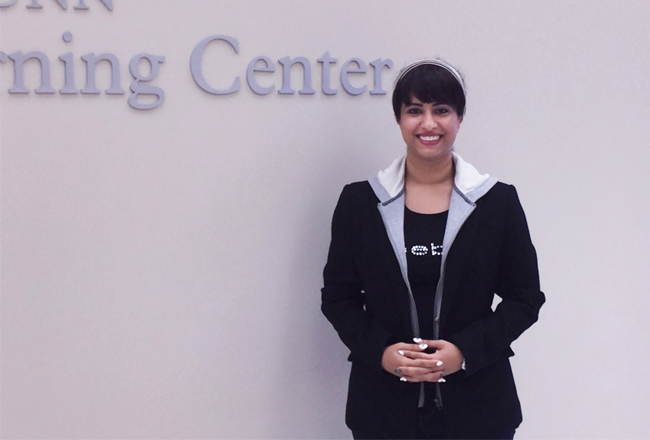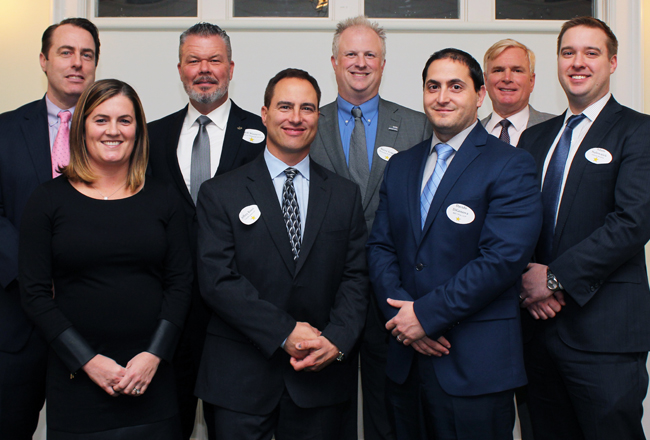Standing in front of the late 18th- and 19th-century buildings that make up much of Kingston”™s historical Uptown Stockade Business District, Mayor Steve Noble described the turbulent past of the city”™s main business district.
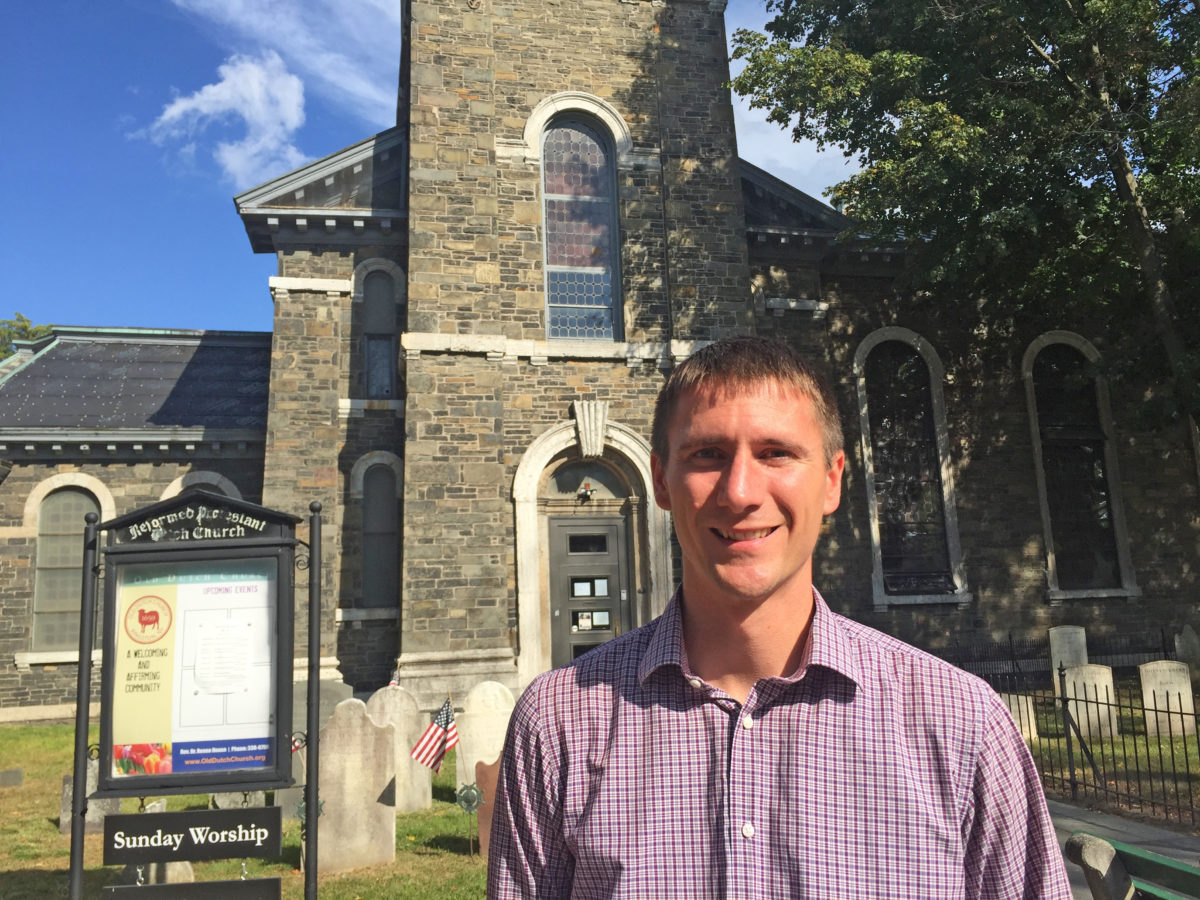
“This will hopefully be the last boom and bust cycle that uptown will have,” Noble said. “We’ve gone up, gone down, gone up, down. Hopefully this year we start to make that progress where it’s not going to go down anymore.”
Walking through the district in the Ulster County city of about 23,000, signs of a boom are clear. Coffee shops, eateries and boutique shops line Wall and North Front streets, which make up the main block in the compact business district.
“We have that mix of artists, techies and food,” said Noble, a lifelong resident of the city who was elected to his first term in 2016. “It’s really close to everything we think you need for a sustainable business community and environment to live in.”
In September, the city received a $10 million grant from the state”™s Downtown Revitalization Initiative to help build on its momentum. The city won the second round of the annual grant competition by focusing on the Uptown Stockade Business District, a historic section of the city that has seen an influx of small businesses and development.
HISTORY
The “stockade” in its title dates to Kingston”™s roots as a Dutch settlement. Following a series of skirmishes between Dutch settlers and the indigenous Esopus tribe in the region, New Amsterdam governor Peter Stuyvesant in 1658 ordered the raising of a 14-foot wooden stockade to fortify the new village.
By the mid-20th-century the stockades were long gone, but the former village stood as Kingston”™s main business district and the shopping hub of Ulster County, with department stores such as Sears and Woolworth”™s.
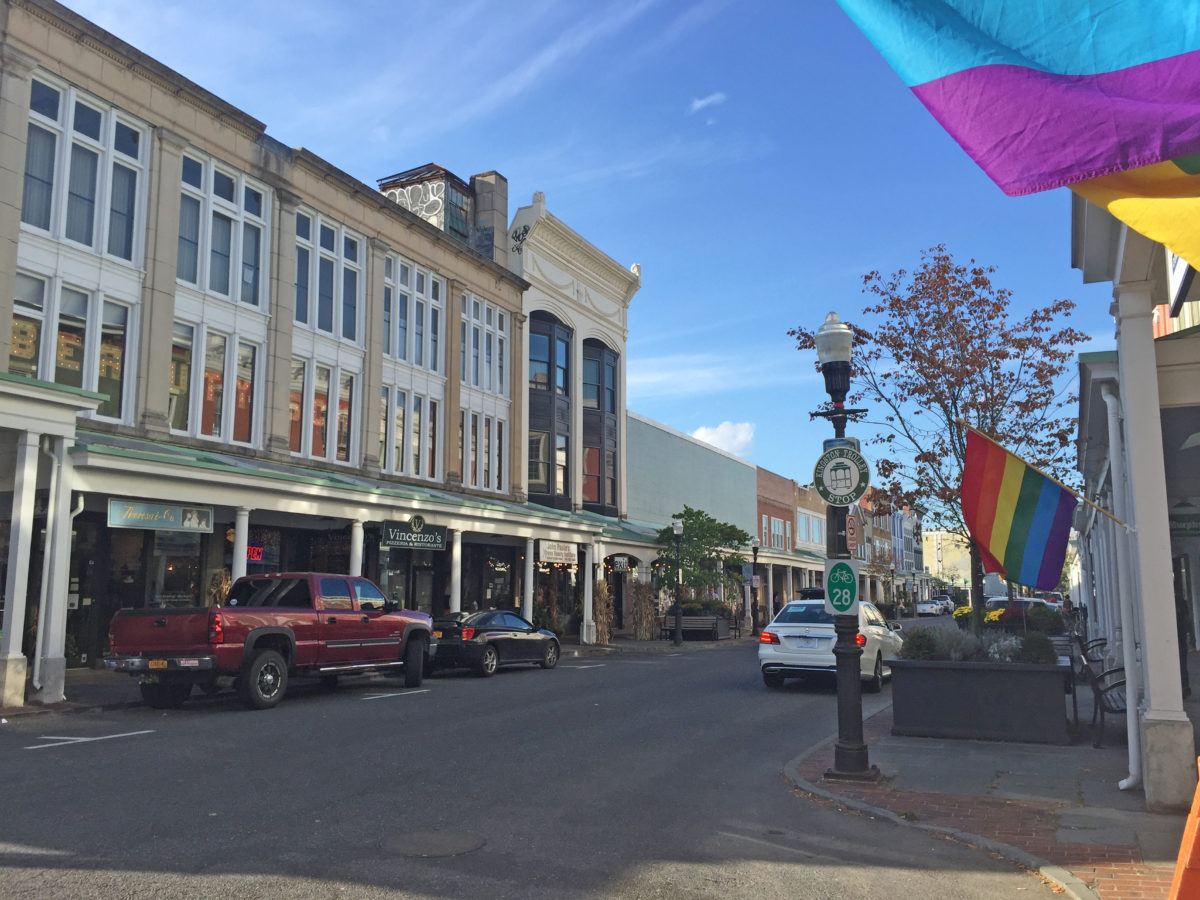 Then came the rise of shopping malls and plazas in the region during the 1970s and ’80s, pulling customers away from the downtown stores and hollowing out the district”™s retail core.
Then came the rise of shopping malls and plazas in the region during the 1970s and ’80s, pulling customers away from the downtown stores and hollowing out the district”™s retail core.
A decade later, Noble said, the city relaxed zoning in the district to allow for residential uses above storefronts. The change brought residents into the struggling retail district.
“And when people started to live up here, they said ”˜whoa, we need some services,”™” the mayor said. “Then during the ’90s and into the 2000s, we really started to see signs of a renaissance.”
Kingston has three main business districts, a remnant of when the village of Kingston was combined with the waterfront village of Roundout to create the city in 1872. The former village of Roundout marks Kingston”™s riverfront district, while two miles north is the uptown stockade district. Between the two is City Hall and the more residential midtown district that surrounds it.
The Uptown Stockade Business District, Noble said, offered the compact “downtown” the state was looking for in the grant competition, even if it is technically uptown. The population within the boundaries of the district is about 4,600, nearly 20 percent of the city’s residents.
THE COMEBACK
The district is home to historical structures such as the Senate House, the meeting place of the first New York State Senate, and the Old Dutch Church, home to the First Reformed Protestant Dutch Church of Kingston, which dates to 1659 and is one of the oldest continuously existing congregations in the nation.
It also features Dietz Stadium, a 1,500-seat stadium that”™s home to high school football games and the semiprofessional Kingston Stockade FC soccer team. BSP Kingston, an entertainment complex with multiple performance spaces on Wall Street, draws top indie and alternative acts.
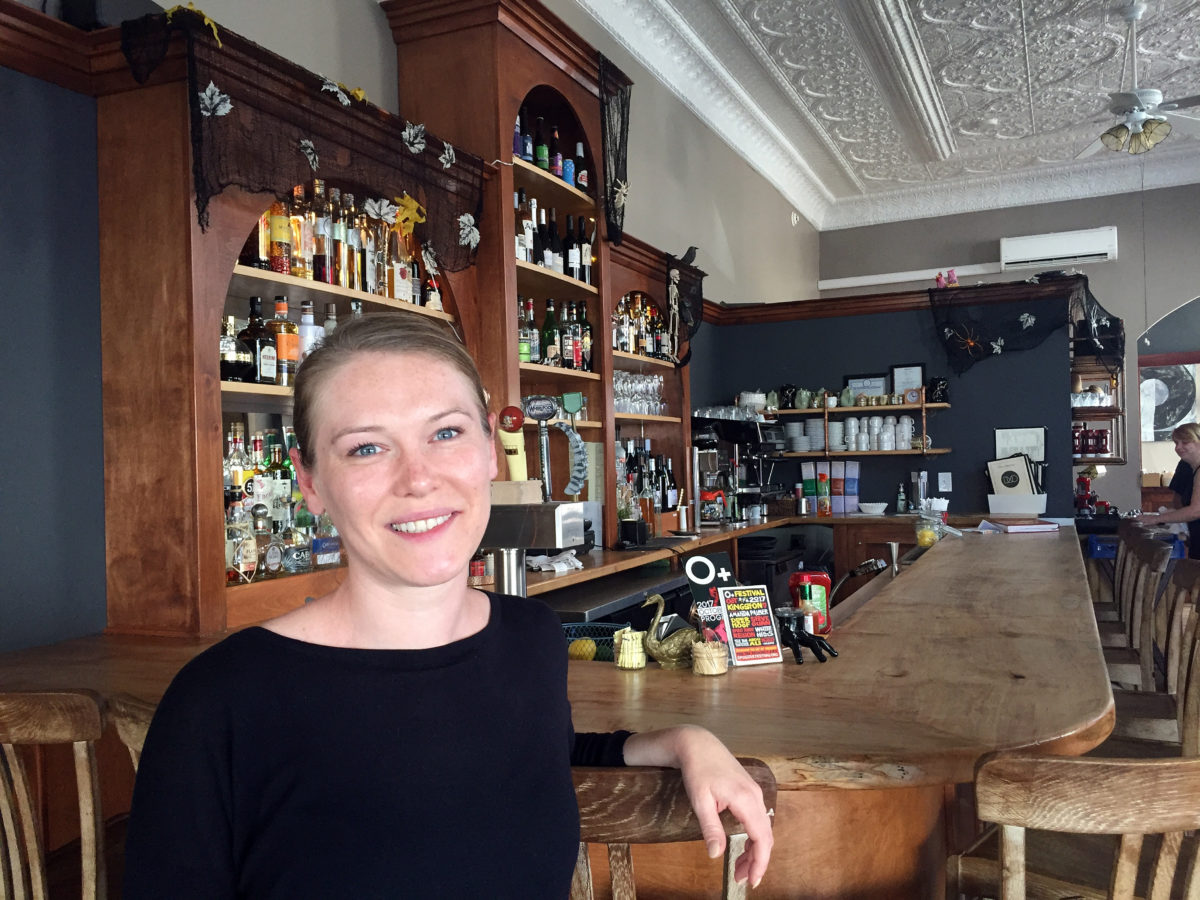
Thomas A. Collins, managing director of SVN Deegan-Collins Commercial Realty in Kingston, said the location of the Ulster County government offices in the district attracts a number of law, real estate, financial and insurance offices. The district is also home to offices for technology companies such as Exago and DragonSearch.
“Kingston has been discovered by a segment of the metropolitan artisan and technology base that is leaving the New York area seeking quality of life and affordability,” Collins said. “Kingston offers both of those things.”
“Within the past five years (the city) has definitely come back,” said Shawna Chahanovich, a co-owner of Duo Bistro, a restaurant at 299 Wall St. in the district.
Chahanovich and the three other owners of the restaurant moved from nearby Saugerties in 2012 to open Duo and expanded the business four years later to include a larger serving space and a pantry next door.
“When we came, I would say half of Wall Street was pretty empty,” Chahanovich said. “But within the past three years a bunch of retail and restaurants have popped up.”
GROUND-UP JOB CREATION
A series of developments planned for the stockade district likely helped the city”™s case for the downtown revitalization grant.
They include The Kingston Food Exchange, an estimated $8 million project from local developer BBG Ventures LLC that will turn an abandoned 18,000-square-foot former Woolworth”™s store on Wall Street into a food and beverage hall with a market, commercial kitchen and business incubator.
New York City developer Charles Blaichman has purchased four historical buildings in the Uptown Stockade District that he will convert into a network of boutique hotels with a total of 43 rooms.
JM Development Group of New Windsor has teamed up with Kingston-based Herzog Supply Co. on a proposed $48 million project, The Kingstonian, on the corner of Fair and North Front streets at the uptown district”™s north end. Identified as a priority project by the Mid-Hudson Regional Economic Development Council, the mixed-use Kingstonian would include a pedestrian plaza, 129 market-rate apartments, 9,000 square feet of retail space and a 38-room boutique hotel. The project would be built around a 450-space parking garage, with 250 spaces dedicated to the city”™s use in an area where a lack of parking is a common complaint.
On the outskirts of the district, two nonprofits are collaborating to create a hub for jobs in the film industry. Stockade Works, a nonprofit led by actor and director Mary Stuart Masterson, has teamed up with local nonprofit developer RUPCO to launch an estimated $9 million media and technology center in an abandoned 75,000-square-foot warehouse. Called The Metro, the space would feature a soundstage, production and editing space, a screening room, theater and co-working space.
The projects represent an approach to economic development that is focused on helping smaller business and largely avoids attempts to land major employers. The wounds are still fresh in the city from when IBM shut down its operations there in 1994 and laid off 1,400 people. Since then, Noble said, the city has had to find a way to make up for the “mass exodus” that followed the loss of jobs.
“We’re not trying to bring a big box store here or to bring 1,000 jobs,” he said. “We want to see how we can help support those companies that are creating 5 and 15 and 20 jobs.”
WHAT”™S NEXT?
Kingston officials held the first public input meeting for the $10 million grant on Oct. 30. The city needs to finalize a plan for how to spend the state dollars by March.
The emphasis will be on assisting shovel-ready projects that can be completed within the next two years, Noble said. “I feel like we’ve been planning for decades for this kind of opportunity, and now we’re ready to just go.”








